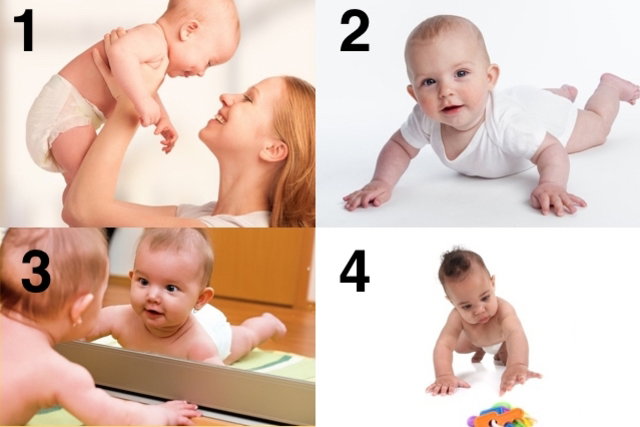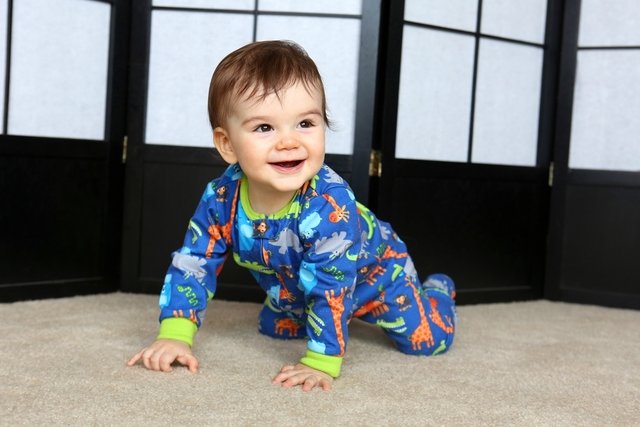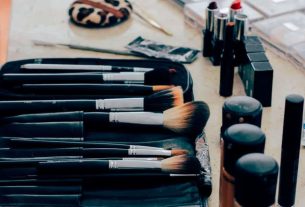The baby usually begins to crawl between 6 and 10 months, as at this stage he is able to lie on his stomach with his head raised high and already has enough strength in his shoulders and arms, as well as in his back and trunk to be able to crawl.
Therefore, if the baby is already interested in crawling and is able to sit up alone, without support, their caregivers can help them crawl with some simple strategies, such as the ones below:

- Lift the baby into the air: while you are talking or singing to him, because this makes him contract the abdominal muscles that will help him learn to crawl;
- Leave the baby on the floor most of the time, lying face down: avoiding placing the baby in the highchair or highchair, makes the baby get used to the floor and develops greater muscle strength in the shoulders, arms, back and trunk, preparing to crawl;
- Place a mirror in front of the baby when the baby is lying on his stomach: because this makes him attracted to his image and more willing to approach the mirror;
- Place the baby’s toys a little away from him: so that he tries to catch it himself.
- Place one hand on the sole of the baby’s footwhen he is already on his stomach: This will make him naturally, when stretching, force against your hands and crawl.
- Crawling next to the baby: when observing how it is done, the baby tends to want to imitate the movement, making learning easier.
Most babies start crawling at 6 months, but each child develops differently and you cannot compare their development with that of other children. However, if the baby is already 10 months old and still cannot crawl, there may be a delay in development, which should be investigated by the pediatrician.
Watch the video to learn how your baby develops and how you can help him crawl:
How to ensure the safety of a crawling baby
To ensure the safety of your baby who is crawling and discovering a new world in front of him, you must:
- Cover all wall sockets and eliminate all wires that could cause accidents;
- Remove objects from the floor that the baby could swallow, trip over or get hurt over;
- Dress the baby in clothes that make it easier to move around;
- Do not leave sheets and blankets on the floor that could suffocate the baby.
A good tip is to put on your baby’s knee pads to prevent their knees from turning red and wear socks or shoes so that their feet don’t get cold.
Furthermore, a crawling baby’s shoes should be reinforced at the front to protect their little toes and make them more durable.
After the baby is able to crawl alone, it is likely that in a few months he will start to feel adventurous and want to walk, standing on the bookshelf or on the sofa, training his body’s balance. In this next phase of child development it may seem tempting to place your baby in a walker so that they learn to walk faster, however this is not ideal. See how to teach your baby to walk faster.

Sign up for our newsletter and stay up to date with exclusive news
that can transform your routine!
Warning: Undefined array key "title" in /home/storelat/public_html/wp-content/plugins/link-whisper-premium/templates/frontend/related-posts.php on line 12
Warning: Undefined array key "title_tag" in /home/storelat/public_html/wp-content/plugins/link-whisper-premium/templates/frontend/related-posts.php on line 13





